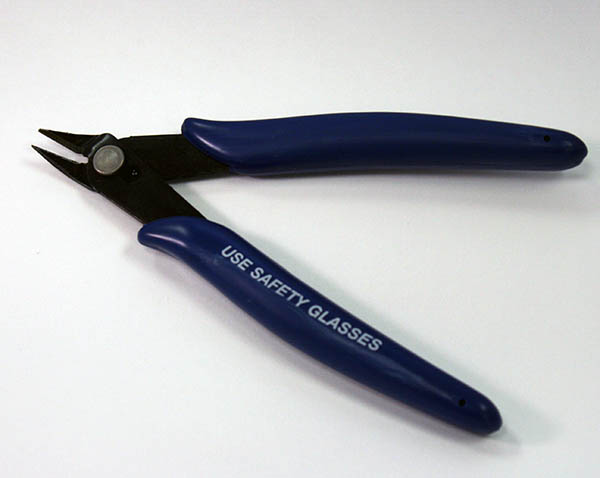How to Remove a Mouse Ear Tag
Certain situations, including improper tag implantation, irritation or infection, may require the ID tag to be removed from the animal.
Metal tags can pose many challenges. It requires a set of primitive instruments, which opens up the possibility for rodents to end up with torn ears from simple incoordination and mishandling of the tools. Furthermore, after extraction of the tag, there is a constant requirement to monitor and control for possible infection.
The removal of RFID microchips proves to be even more complicated. It requires invasive surgery to properly extract the embedded microchip, which demands for a highly specialized individual familiar with the process. Surgery also introduces the possibility of causing unnecessary harm to the research animal. In addition, infections can still remain a primary concern thereafter. This inefficient use of time and energy may prove to be costly in the long run.
Proper tag removal may be a seemingly trivial task, but if done poorly, it can put unnecessary stress on the lab animal. The extra stress has the potential to turn into physical ailments, such as chronic inflammatory conditions. Moreover, animals have sensory and cognitive capacities that contribute to their well-being. Excessive psychological stress can prompt abnormal behaviors, such as aggression and self-mutilation.
Keeping it Simple

RapID Lab has revolutionized the process by streamlining the tools and method involved in tag removal. Only one device is necessary for separating the ear tag from the lab animal.
Before starting the procedure, be sure to disinfect the RapID removal tool and wear proper safety goggles.
The user should position the removal tool against the back of the female half of the tag while applying opposite pressure with their index finger against the male (barcode) half. Once correctly situated, close the removal tool completely and excise the female cone. If necessary, carefully pull the tag apart. Once completed, properly clean the animal’s pinna to minimize the chance of infection.
The entire process is relatively free of stress and without complicated instructions. It can be replicated as necessary on other lab animals in the least amount of pain. A short introductory and training session should be enough for any individual to start immediately. Moreover, it is an efficient and inexpensive solution in comparison to other methods.
The use of RapID removal tool also encourages a setting that places ethical and humane treatment of lab animals as an imperative priority. Whether or not the laboratory practices cruel and unusual treatment of animals should be more than just an afterthought. If animals are under too much stress, such as that generated by inhumane tag removal methods, it can result in inaccurate findings.
Proper tagging displacement is therefore a cornerstone of sound scientific research and responsible medicine. Researchers should take due diligence to minimize external factors that could compromise the study, which includes providing better care to the animals.
RapID Labs place the highest priority in successfully applying and removing ear tags. It is simple, effective and humane to both the user and animals involved. Facilities that are dedicated to the proper treatment of animals will come to appreciate RapID’s commitment to the entire system.